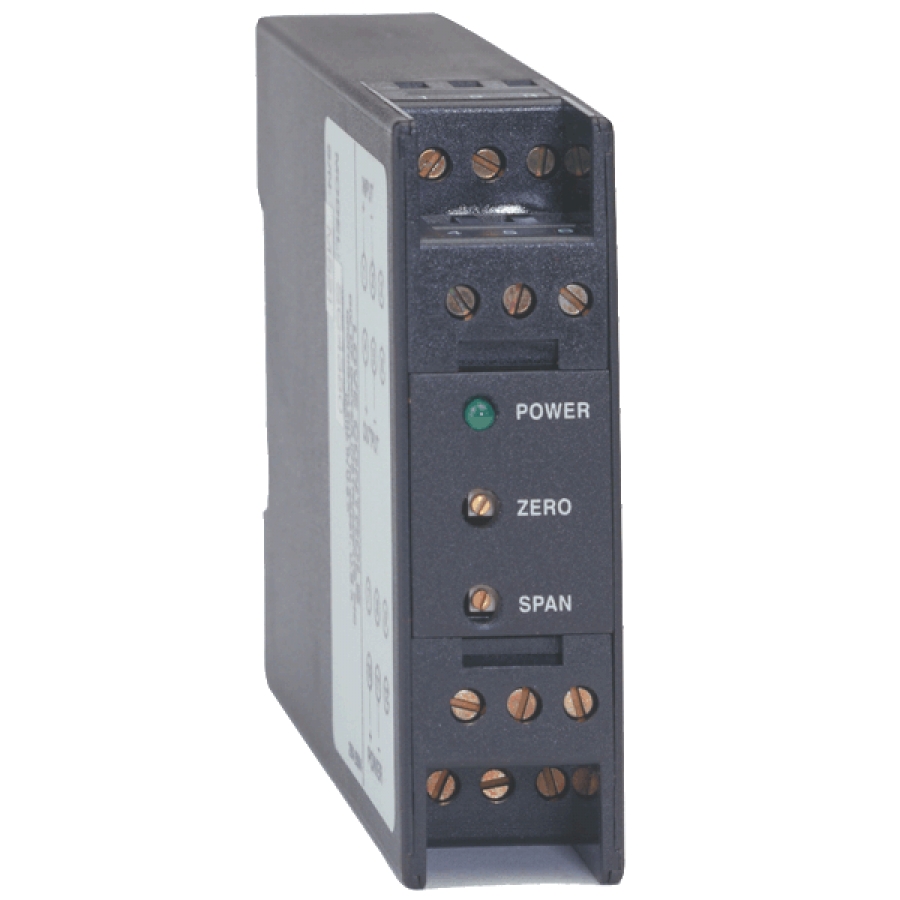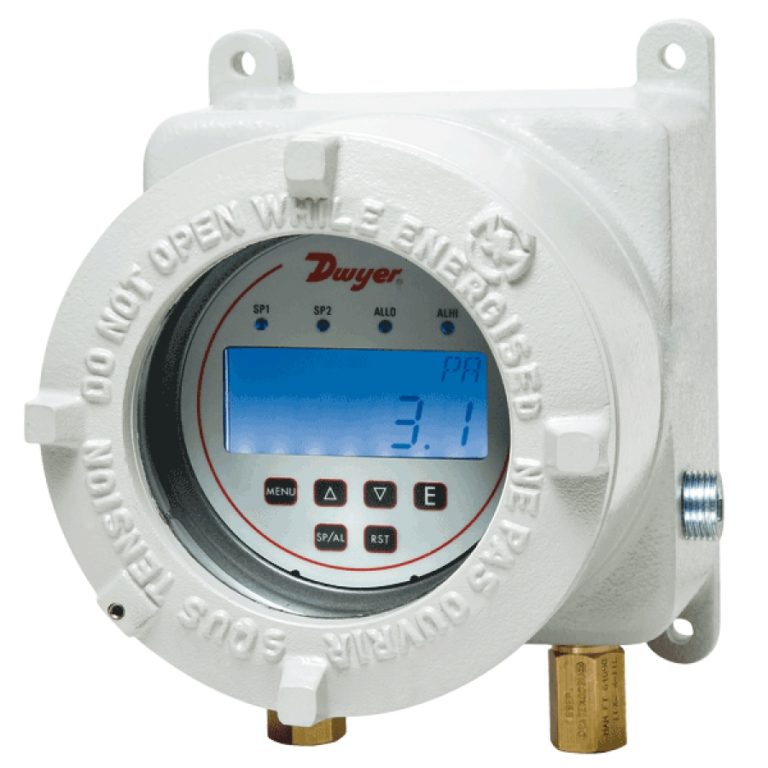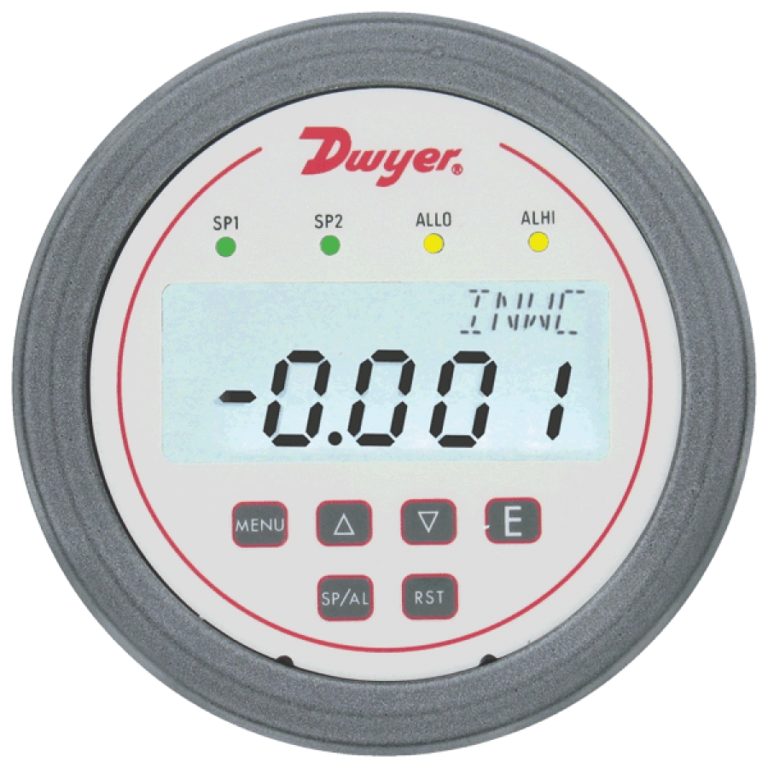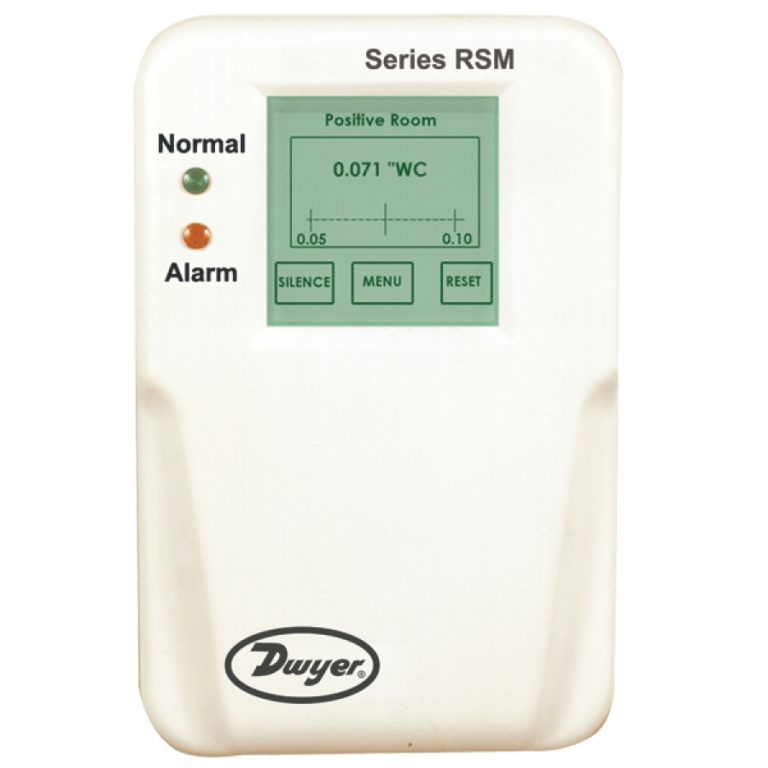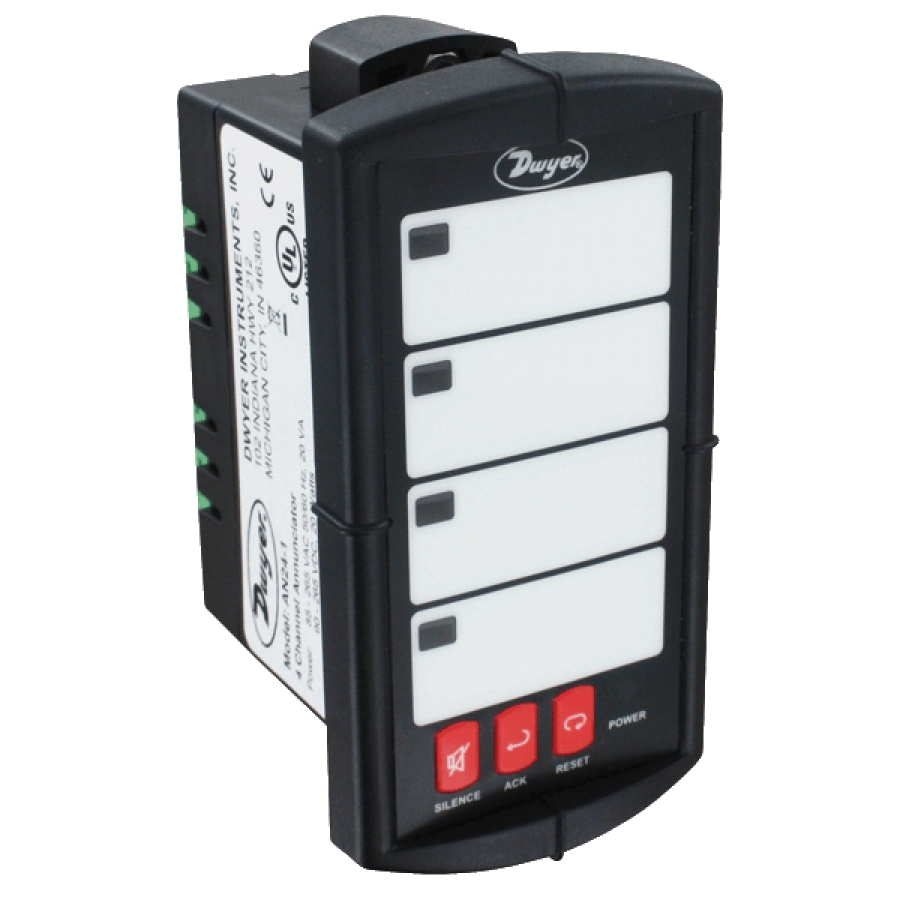
Series AN2 Indicating Alarm Annunciator
March 26, 2020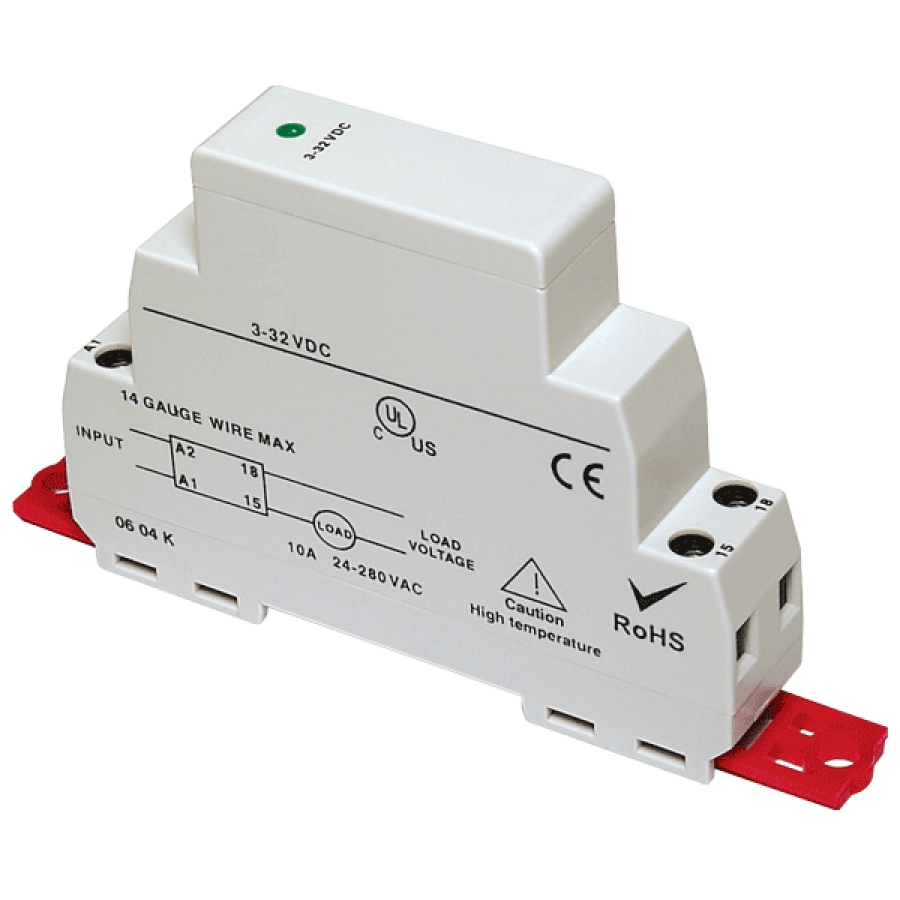
Series 861SSR DIN/Panel Mountable Solid State Relay
March 26, 2020Linearized and isolated RTD and Thermocouple transmitters are part of the Series SC4000 Iso Verter® II Signal Conditioning Modules. These modules completely isolate the input from the output and from the ground. Compatible with industry standard 35 mm DIN Rail mount transmitters and isolators, these modules are easily applied in new or existing installations.
The SC4380 Process Signal Converter/Isolator accepts virtually all standard process signals as input, and isolates and retransmits the signal in either the same units or virtually any other standard process signal. The SC4380 can be field programmed for reverse or direct action and can receive and transmit single sided or bipolar* signals. Low voltage units (SCL) are also available.
The SC4151 RTD Transmitters each offer a fixed scale range input (selected when ordered) and a linearized, isolated, field selectable 4 to 20 mA or 0 to 10 VDC output. Output is selected by simple switch settings. Low voltage units (SCL) are also available.
SC4130 Thermocouple Transmitter offers a fixed scale range input (selected when ordered) and a linearized, isolated, field selectable 4 to 20 mA or 0 to 10 VDC output. Output is selected by simple switch settings. Low voltage units (SCL) are also available.
*Note: The term “bipolar” refers to an input or output that crosses zero volts. Certain devices have ranges that run from minus to plus voltages ( e.g. -1 to +5 VDC, -10 to +10 VDC, etc.). The SC4380 Iso Verter® II can be set up to accept bipolar signal input or provide bipolar output.

